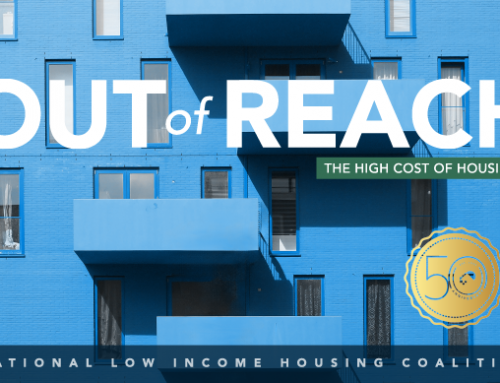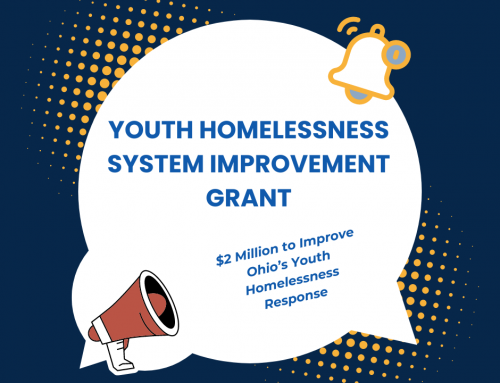The Trump administration’s budget proposal came out earlier this month and its bad news for housing and homeless advocates. The president wants to cut HUD’s budget by $8.8 billion, or 18.3 percent.
The good news is, this is just a proposal that still has to get through the House and Senate. And it comes just weeks after Congress approved a bipartisan deal to lift austere spending caps that have starved HUD programs for years. With $131 billion in new domestic spending authority, this is the first opportunity to increase federal funding for housing and homeless services in a very long time.
That’s why we drafted this sign-on letter asking Ohio’s Congressional Delegation to support increased funding for rental assistance, homeless grants, public housing, Community Development Block Grants, HOME and the National Housing Trust Fund. We’re asking nonprofits, businesses, and organizations throughout the state to add their names to the Ohio Homes, Ohio Voices sign-on letter.
Then we’ll work with local agencies and advocates to hand-deliver the letter to their Congressional members’ district offices during the National Housing Week of Action in May 1-8. That’s when advocates stage events throughout the nation to draw attention to the importance of safe, decent, affordable housing.
So if you’re in a position to sign your organization’s name to this sign-on letter, please do so now. And if you’d like to participate in an event to deliver the letter to your member of Congress, please call or email our Advocacy Director Gina Wilt at 614-280-1984.
In addition to making the case for a healthier HUD budget, we have to tell legislators why the administration’s plans to increase rents and impose work requirements on people with housing assistance are counterproductive. Raising the rent on people who are already struggling to make ends meet will make it harder for them to keep a job and stay healthy because they’ll will have less money to pay for things like transportation, medicine and childcare.
The president’s budget revives out-of-date, inaccurate stereotypes of poor people. The fact is, nearly 90 percent of households with rental assistance are elderly, disabled, or already working. The problem is not that people with housing assistance don’t work. It’s that working people can’t afford housing without assistance in this low-wage, part-time economy.
Thanks, as always, for supporting our efforts to end homelessness in Ohio. I hope to see you at the Housing Ohio 2018 conference on April 9-11!
-Bill Faith, Executive Director








